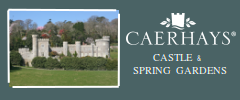- Shop Now
- Burncoose Specialities
- This Month
- Offers & Promotions
- RHS Chelsea Flower Show 2024
- 40 years at Burncoose
- Engage With Us
- Information, Help & Advice
- About Us & Our Services
- Terms & Conditions
- Log In / Register
ERIGERON
Commonly known as Fleabane
Genus of about 390 species of daisy-like annuals, biennials and perennials found in dry grassland and mountainous areas with a wide distribution but especially in North America.
As also in some other genera, named fleabane as it was cosidered to repel, or be poisonous to, fleas.
Any old garden wall clothed in daisy-like flowers opening white and fading pink to purple is almost certain to be supporting E. karvinskianus.
Also contains E. glaucus, the Beach aster which thrives in coastal conditions.
Represented in the UK by native E. acer, Blue fleabane which grows in dry grassland, banks, dunes and walls in southern England, mainly in calcareous areas.
-
Alpine or rock plantThese plants prefer well drained soil and are generally dwarf in habit.
-
HerbaceousEarly in the year, typically January till end of March, herbaceous plants might be supplied in 9cm pots to ensure timely despatch.
-
Additional Features
 Good to knowGood for coastal sites and for rock gardens. Wildlife plant - nectar and pollen for insects.
Good to knowGood for coastal sites and for rock gardens. Wildlife plant - nectar and pollen for insects. Place of originVery wide distribution, North America in particular.
Place of originVery wide distribution, North America in particular. -
Garden Location/ConditionsRockery (inc alpine)
-
Wildlife
 Bee friendlyButterfly friendly
Bee friendlyButterfly friendly
- Dividing Herbaceous Perennials - Video Tip ondemand_video
- Spring Planting Osteospermums - Video Tip ondemand_video
- Dividing Summer Perennials - Video Tip ondemand_video
- Dividing summer flowering Hemerocallis - Video Tip ondemand_video
- Summer propagation - Video Tip ondemand_video
- Self-seeding aquilegia - Video Tip ondemand_video
- Supporting Plants - Video Tip ondemand_video
- Dead heading meconopsis - Video Tip ondemand_video
- Dead heading Delphiniums - Video Tip ondemand_video
- Feeding herbaceous peonies - Video Tip ondemand_video
- Overpotting Problems - Video Tip ondemand_video
Buy Varieties of ERIGERON
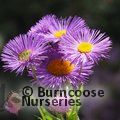
ERIGERON 'Dunkelste Aller'
('Darkest of all') - hardy low-growing perennial with purple flowers
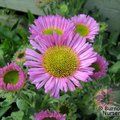
ERIGERON glaucus 'Sea Breeze'
lilac-pink daisy flowers, good in dry exposed conditions

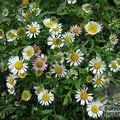
ERIGERON karvinskianus
(syn mucronatus) - myriads of white daisies turning pink
Useful extras...





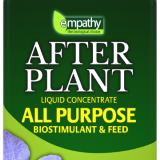

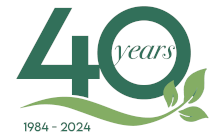


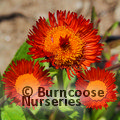









 Gift-wrapping available
Gift-wrapping available
 Free delivery
Free delivery
